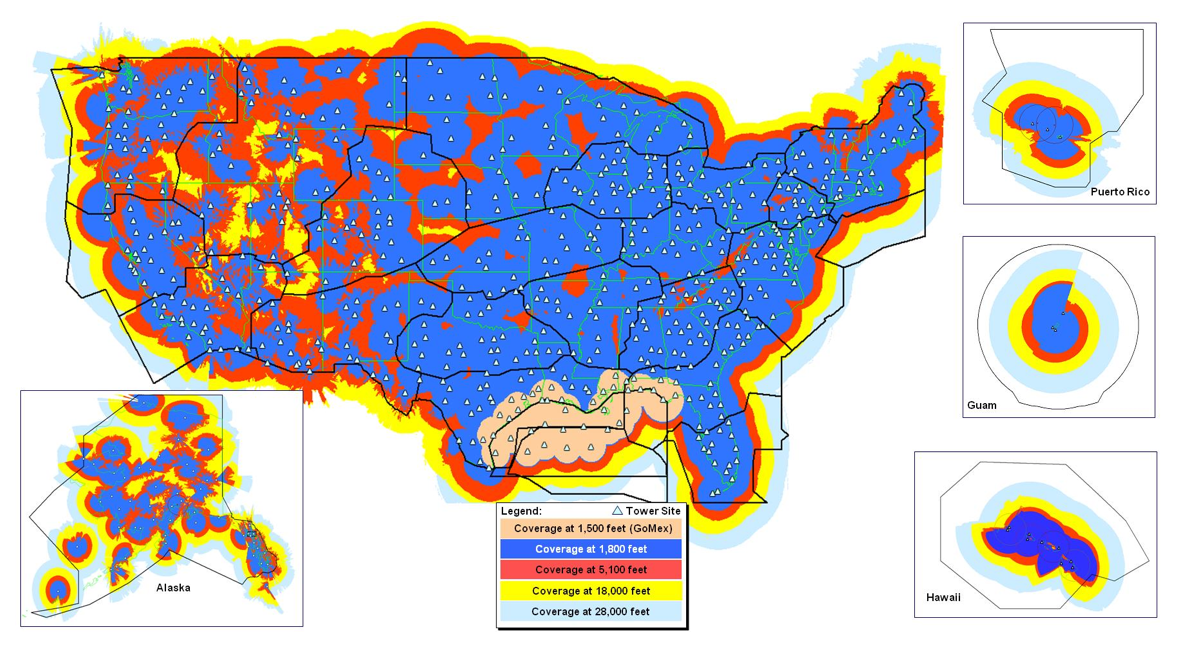- Joined
- Apr 19, 2018
- Messages
- 11
- Reaction score
- 3
- Age
- 72
Since, I became a UAV pilot a bit over a year ago, I have been astounded by the number of manned air-craft that are flying below 400 feet AGL. Although required to be 500 feet or more AGL over rural areas, fixed wing air-craft often are not. Helicopters seem to be able to fly at any altitude they feel like. All of this makes me nervous, when I am flying at 400 feet in areas where visibility is limited.
I am considering purchase of a hand-held radio, that can be dialed to the common aviation channel. I would then announce my presence before take-off and maybe during the flight. Is anyone doing this?
I am considering purchase of a hand-held radio, that can be dialed to the common aviation channel. I would then announce my presence before take-off and maybe during the flight. Is anyone doing this?










